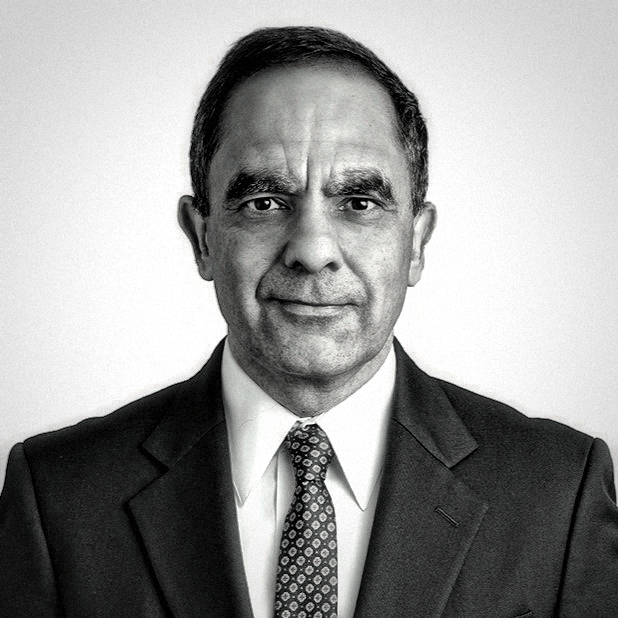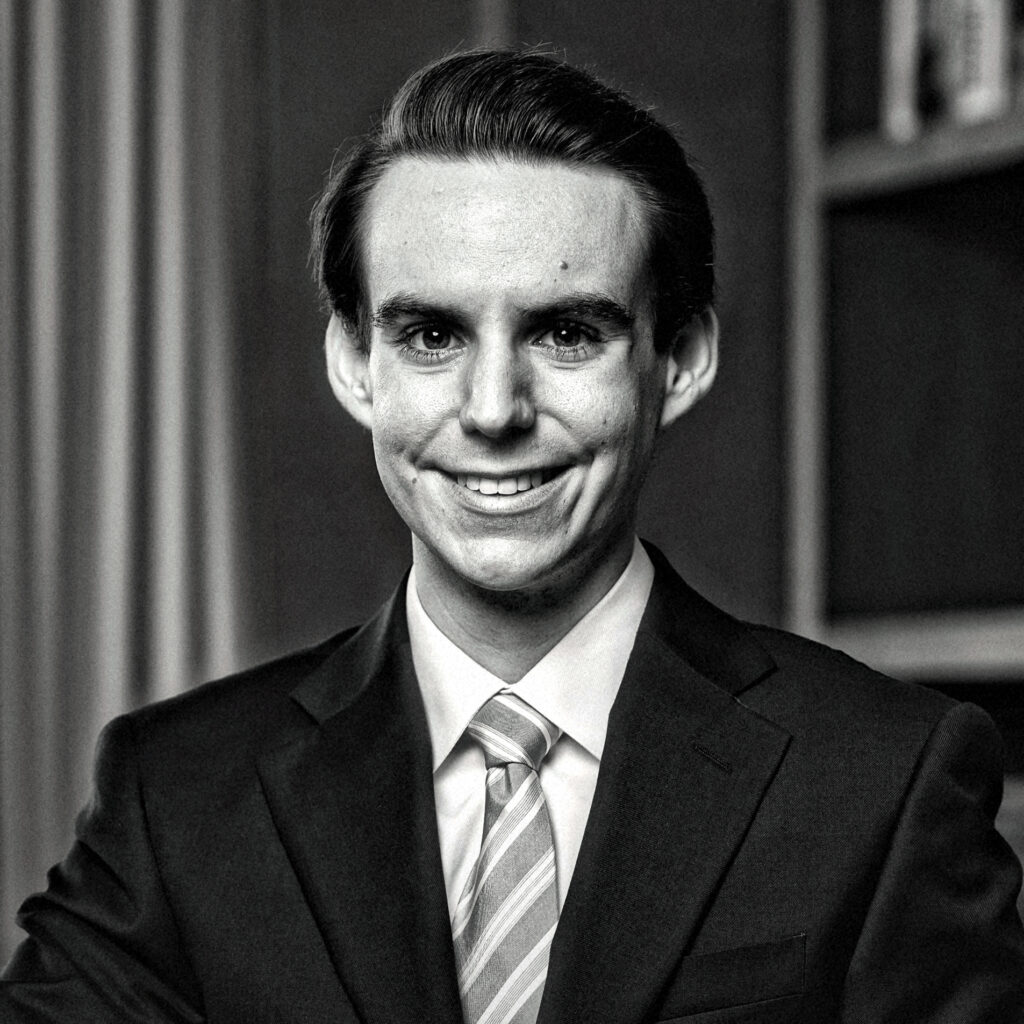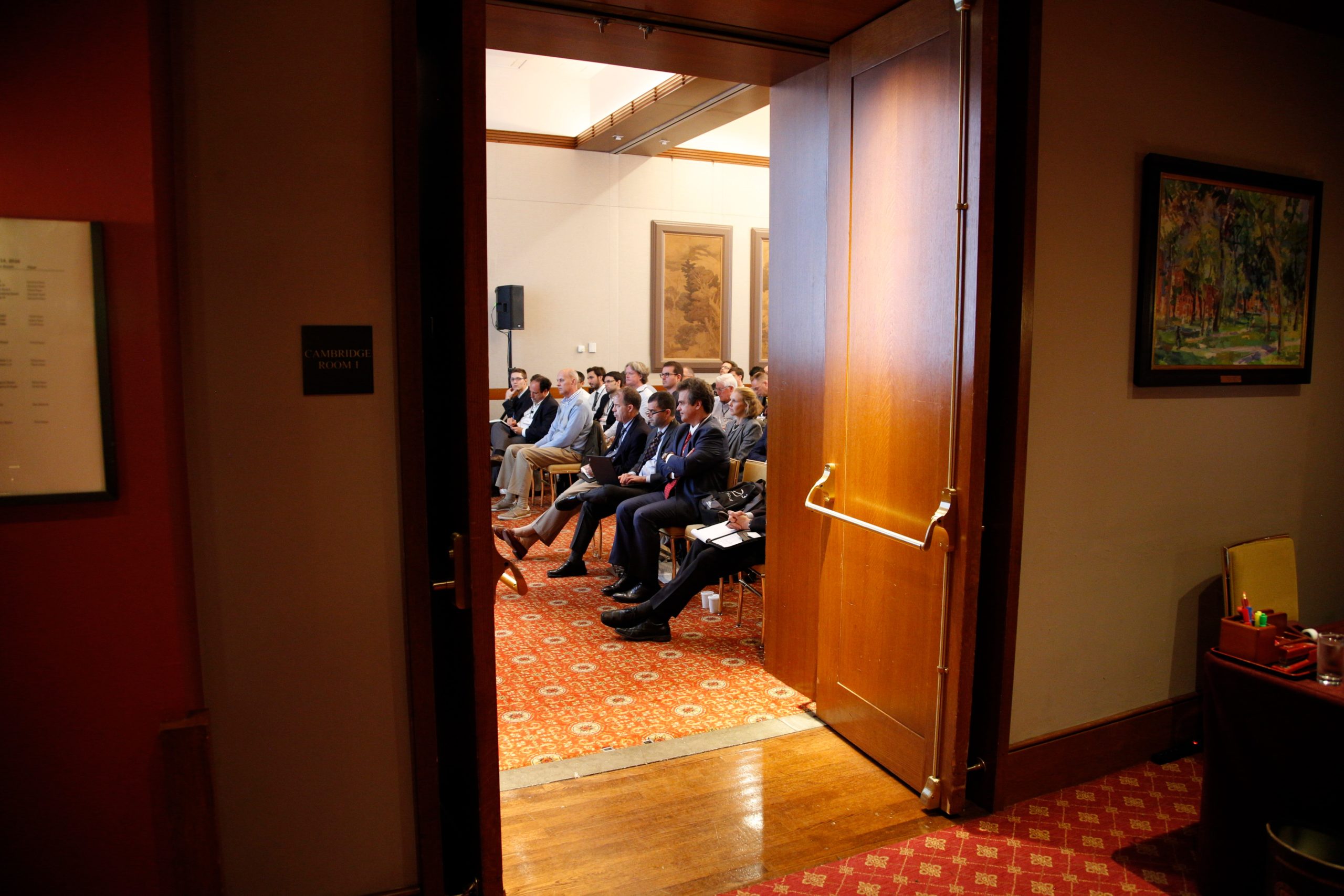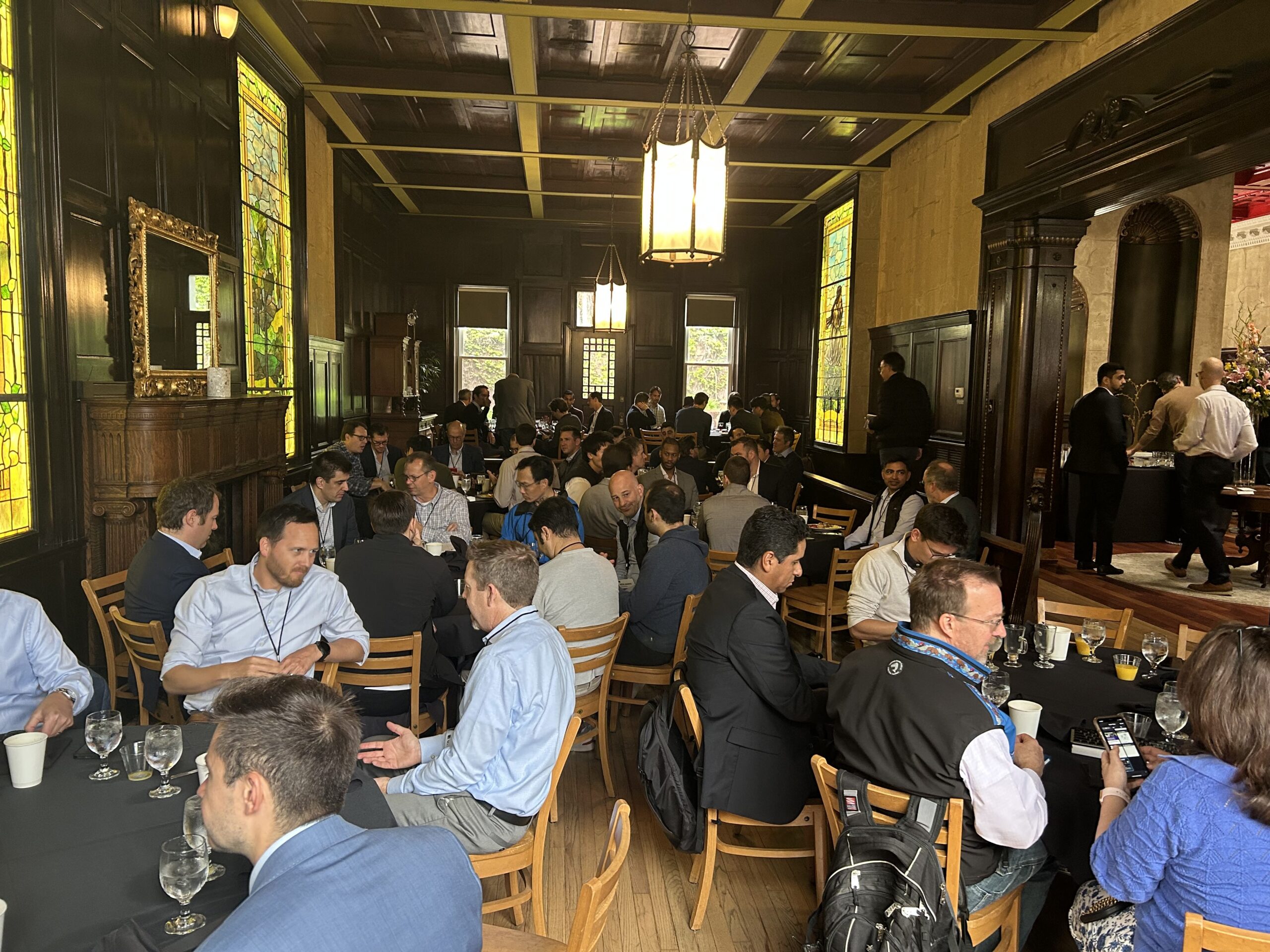This article is authored by MOI Global instructor Rahul Saraogi, managing director of Atyant Capital Advisors. Rahul is an instructor at Asian Investing Summit 2018, the fully online conference featuring more than thirty expert instructors from the MOI Global membership community.
In my twenty years of investing I have learned that calling the bottom of anything is fraught with danger. I am still going to go ahead and call a multi-decade bottom in India’s government owned banks. Indian government owned banks remind me of where Indian government owned oil marketing companies were in August 2013 except that the banks are even more depressed. In August 2013, the dollar rupee exchange rate peaked at 69.00, oil peaked at USD 108 per barrel and the government of the day refused to let oil marketing companies raise retail fuel prices. It seemed then like the ventilator had been switched off on a critically ill ICU patient. Hindustan Petroleum Corporation bottomed at INR 37 per share in August 2013 and today trades at INR 380 per share. The opportunity to make ten times one’s money in 4 ½ years in a plain vanilla business like oil refining and marketing is possible only when one has the courage to invest during times of extreme stress.
The narrative that has permeated the Indian financial sector over the last decade is that private sector banks are good and that government owned banks are bad. That private sector banks possess almost invincible superhero lending powers and that government owned banks are dishonest, lethargic and incompetent. The story that has driven the valuation of private sector banks through the roof and depressed the valuation of government banks is that private sector banks are better in all aspects and that they will take market-share away from government owned banks making them disappear into oblivion.
The examples that are usually cited are those of private telecom operators eating the lunch of government owned operators BSNL and MTNL and private airlines taking away market share from Air India. While it is true that private sector banks have been growing and gaining market share and government owned banks have been losing market share the above narrative and comparisons are completely false. Banking is a very different business from telecom and airlines and the incumbents in banking are very strong despite recent events.
With a multi-billion dollar fraud at Punjab National Bank (PNB) coming to light recently, it is probably not the best time to say this but Indian government owned banks are not universally corrupt and not all loans made are influenced by upper management corruption or government interference. While the autonomy of government owned banks has improved dramatically during the Modi administration, they were quite independent even under prior administrations. While I am not a proponent of government ownership of any businesses including banks, privately owned banks are no panacea for an economy. One must remember that the Global Financial Crisis was created not by government owned but by privately owned financial institutions and banks running amok.
India has experienced a severe economic and investment downturn in the previous seven years. This has been accompanied by a forced contraction of the economy by long term structural reforms like GST implemented by the government. In such an environment any bank with balance sheet exposure to corporate loans has done poorly. The only banks that have managed to outperform this contraction phase in the economy are HDFC Bank and Kotak Mahindra bank. There is definitely a handful of government owned banks like IDBI Bank and Central Bank of India that have done an excessively poor job of managing their risk exposures, however in aggregate government owned banks have not done much worse that privately owned banks. The books of private sector banks like Yes Bank and IndusInd bank are completely rotten. If a forensic audit of their books was forced by the regulator, one would discover that both banks rank equal to or worse than IDBI Bank and Central Bank in their loan books and processes.
Private sector banks like Axis Bank and ICICI Bank are no different from government owned banks except for their larger retail franchises. Their books are equivalent to that of a State Bank of India or a Bank of Baroda and they do not deserve a valuation premium over them. Old private sector banks like Karur Vysya Bank, Karnataka Bank, South Indian Bank and City Union Bank all carry rotten books with loans that have been discretionarily ever greened and are no different from government owned banks in their performance.
Can HDFC Bank and Kotak Mahindra Bank take over the entire banking system in India in time? And is there nothing wrong with the government banks in India? The edge that HDFC and Kotak possess is exactly the mirror image of the weakness in government owned banks. HDFC and Kotak are nimble and their model is to front run government owned banks. While much noise has been made about their retail loan franchises, a disproportionate amount of their income originates from providing high value fee based services to companies where the fund based loans and balance sheet exposure is carried by government owned banks. Even where they have exposed their balance sheet with fund based loans to companies, they have been quick to exit at the first sign of trouble.
Government-owned banks, on the other hand, are incredibly slow and derive almost all their income from fund based balance sheet lending. Their slow reaction time has also made them victims of large scale fund diversions by fraudulent entrepreneurs. The business models of HDFC Bank and Kotak Mahindra Bank have their limitations and their opportunity is finite. As they become larger, the inevitability of fund based lending by these banks will become apparent. While they might still do a better job of exposure management than government owned banks, their economics will change and their loan books will get impacted in the next contraction cycle.
For government owned banks on the other hand, things are changing quickly and dramatically. One can state with absolute certainty that government owned banks are now completely autonomous. One can also state that the severity of the current bad loan cycle and the size of the frauds and diversions that have come to light in this cycle have made the owner (the government), the regulator (the RBI) and statutory agencies (the CVC, CBI and ED) and the management and employees of these banks hyper-vigilant. The likelihood of these things repeating and especially at the scale witnessed recently is almost zero.
The banking sector in India has been completely empowered with the passing and implementation of the Insolvency & Bankruptcy Code (IBC). And finally, the mood of the nation and the administration is to undo the Bank Nationalization Act of 1969 by which the government will be able to bring its ownership in these banks below 51%. Once that happens, these banks will be free to recruit in the way that commercially makes sense for them independent from the rules for employment in government institutions.
Government owned banks are 70% of India’s banking system and this cannot be wished away. If India has to grow at 8%+ rates, credit in the economy will have to expand and government owned banks will have to grow. While employees at government owned banks may not be as well exposed and as driven as those at privately owned banks, they are extremely competent and understand the business of banking. They have not been empowered, motivated or threatened and that has made them underperform. One can do adjusted book value calculations and state that many of these banks are insolvent and therefore should not be bought. This would be grossly understating the case for these banks. They possess bullet proof liability and low cost deposit franchises that have remained unshaken through this downturn due to the perceived sovereign guarantee behind them. One just needs to speak with IDFC bank to understand how hard it is to build a liability franchise and how much time it takes.
Government owned banks also possess a deep reach into the economy with their strong branch network and historical relationships with companies and the general public. This gives them a phenomenal capacity to grow the asset and lending side of their business profitably. This franchise will become invaluable as India’s economy expands. One needs to speak with RBL bank to understand how hard it is to build reach and a strong lending and asset franchise.
While I don’t recommend buying every government owned bank and I certainly don’t recommend buying them as a basket, I believe that there are more than a few government owned banks that have solid businesses and are trading at multi-decade lows. These select banks provide phenomenal asymmetries and opportunities to generate superior returns over the next five years and are worthy of consideration by investors.













